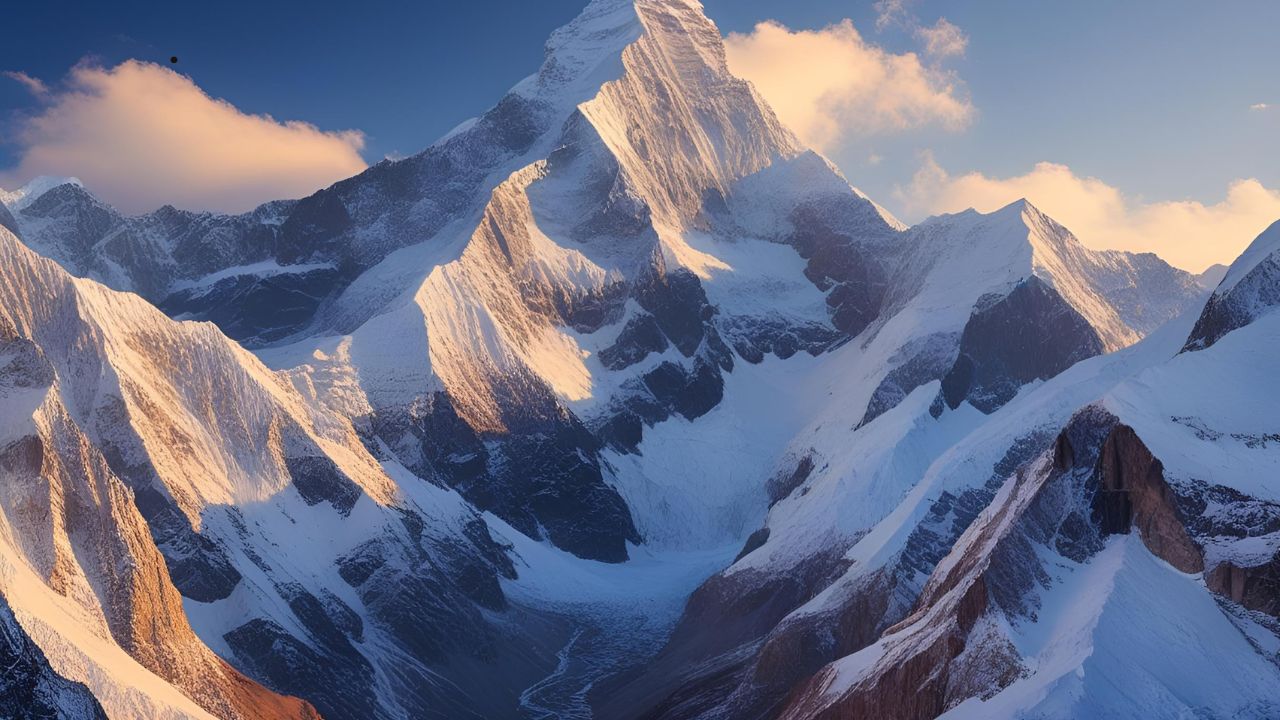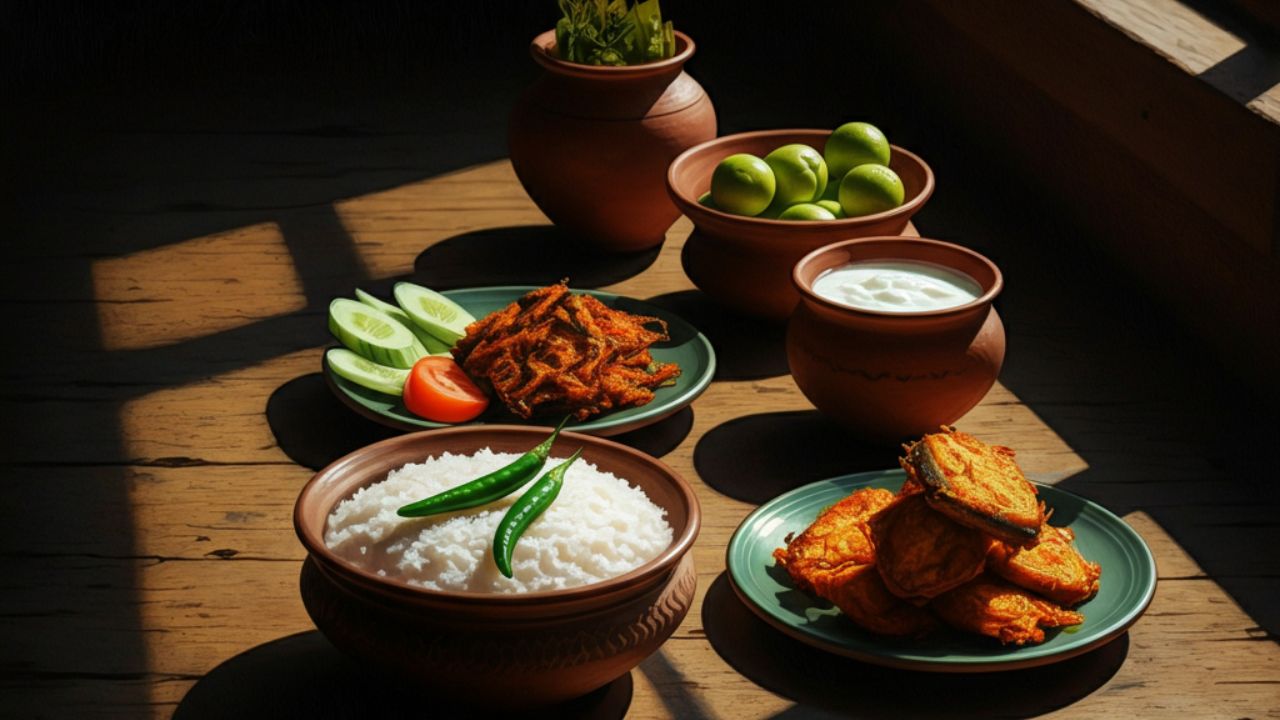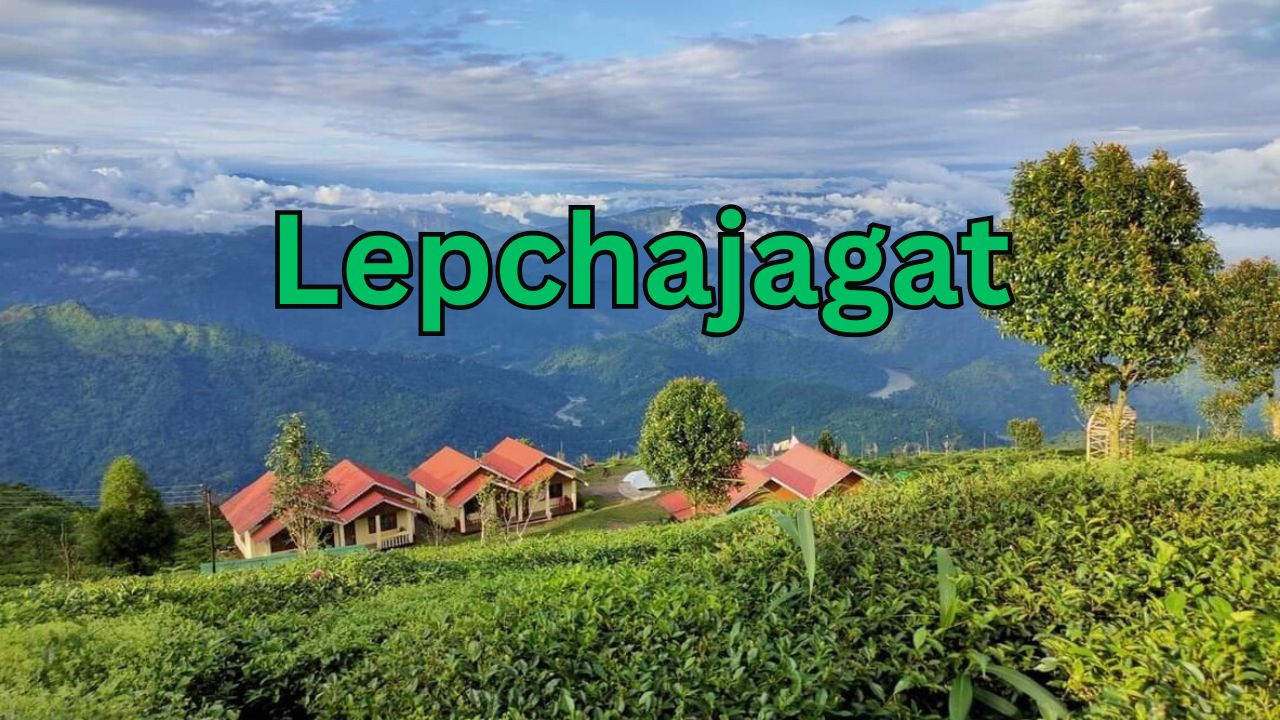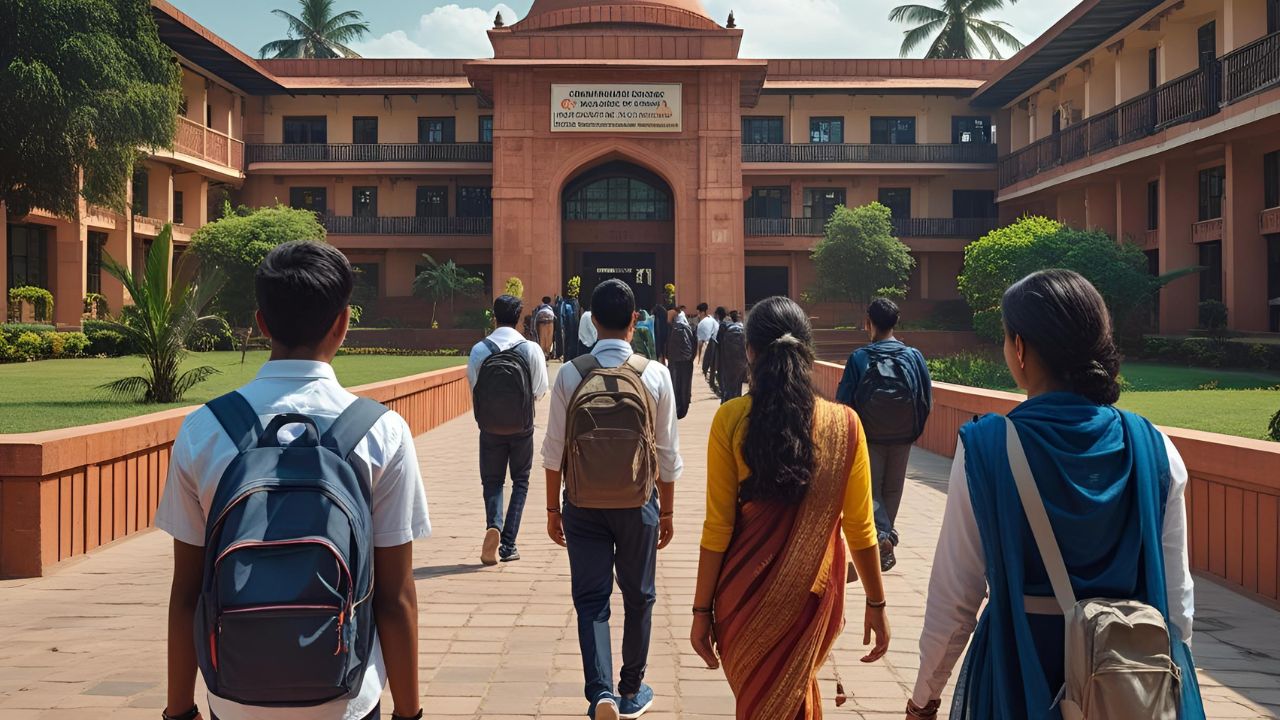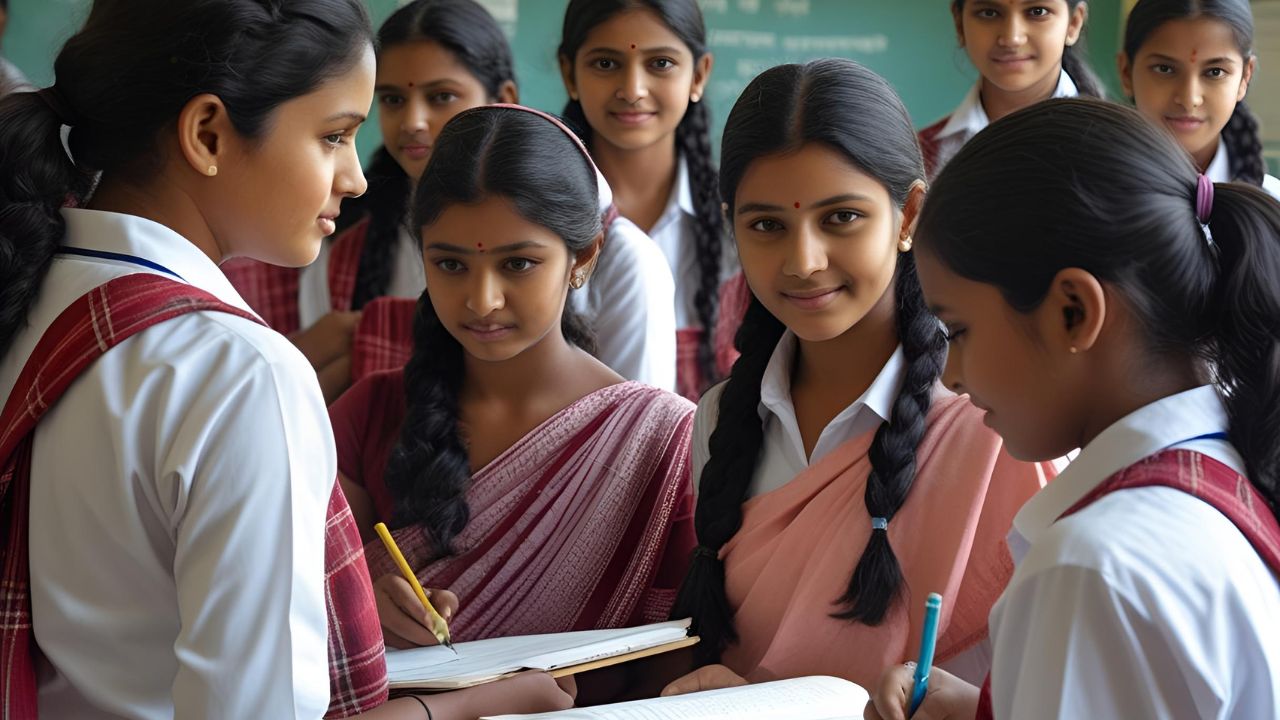Northern India is richly endowed with stunning natural beauty, cultural marvels, and a kaleidoscopic history. The region is dotted with towering Himalayan ranges, historical royal courtyards, sacred riverbanks, and much more, attracting tourists all year round. Adventure enthusiasts, spiritual seekers, and nature lovers alike will find something extraordinary in this corner of the world. This in-depth Northern India guide delineates the top five breathtaking places to visit in 2025 with details on attractions, activities, and travel instructions.
1. Ladakh and Kashmir: The Most Important Gems of the Himalayas Region
Kashmir: The Paradise on Earth

Kashmir is called “Paradise on Earth” due to its natural beauty and graceful climate. It is famous for having beautiful valleys, tall snow-covered mountains, and crystal-clear lakes. The summer capital is Srinagar, well-known for its Dal Lake, where people can go on shikara rides and houseboat stays. The Mughal Gardens, lately referred to as Shalimar Bagh and Nishat Bagh, are also famous for their marvellous historical culture and landscaping. In addition to these places, the meadows of Pahalgam contain rivers called Lidder, which flow along these meadows. This region is famous for trekking purposes, and every year, many people come here for their pilgrimage. Sonmerg, or the so-called Polovvo- Gold Meadow, the alpine beauty, along with the starting point for several trekking routes, adds to the attraction. The Gulmarg, one of the best skiing places in the world, provides winter sports and skiing. It also offers one of the highest golf courses.
Upon visiting Kashmir, one can easily admire the warm welcome offered by guests and the splendid towers, including shawls of Pashmina, carpets, and trinkets. Dishes, including Rogan Josh and Gushtaba, give the delight all food lovers expect with an exceptional dining experience.
Ladakh: The Region of High Passes

Unlike Kashmir, which draws attention due to its lush greenery, Leh garners attention due to its rugged and high-altitude desert landscapes. Sometimes, it is called the “Land of High Passes.” Travellers are captivated by dramatic mountain vistas, crystal clear lakes, and ancient Buddhist monasteries. Leh, the capital, boasts historic sites, including the Leh Palace and Shanti Stupa, from which one can get panoramic views of the city’s mountains. Photographers and nature enthusiasts frequent Pangong Lake due to its changing shades of blue. Nubra Valley is well-known for its dunes with double-humped Bactrian camels, offering a high-altitude desert experience. Adventure travellers and motorcyclists are attracted to Khardung La Pass because it is one of the most motorable roads in the world. Hemis Monastery is the largest monastery in Ladakh and is famous for its vibrant annual festival.
Indulging in trekking and motorbiking around Ladakh, as well as camping under the stars, has become popular among travellers. The spiritual atmosphere, combined with the compassionate locals, makes it a deeply profound experience for many.
2. The Golden Triangle: Integrating Culture And Heritage Through Agra, Jaipur, And Delhi
Delhi: A Metropolis Of Tradition And Modernity
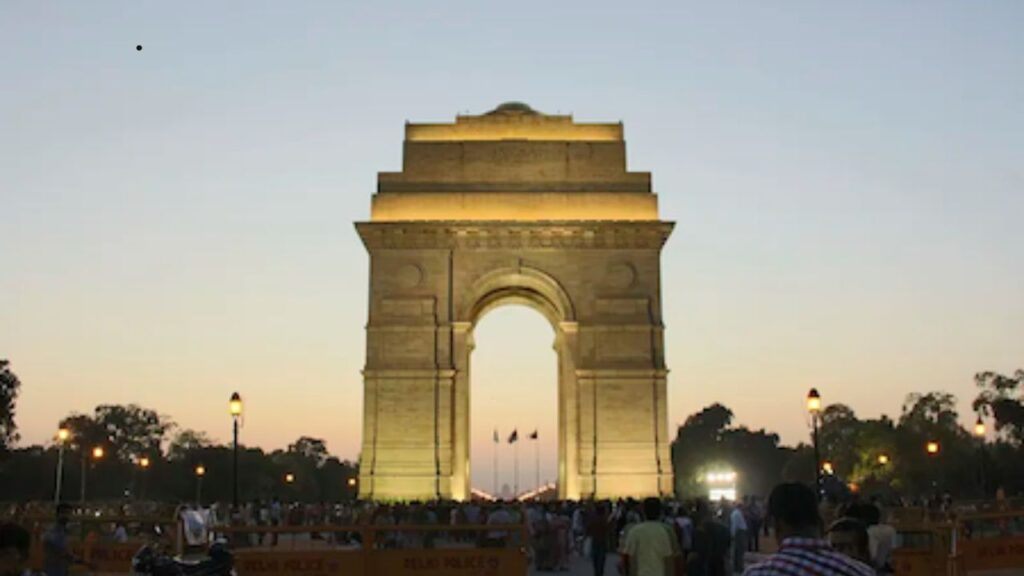
In Delhi, dynamic juxtaposes of the past and modernity blend to form a single seamless tapestry. The historic fortresses and lavish heritage sites like the Mughal Red Fort and Qutub Minar, the world’s tallest brick minaret, showcase centuries of Indian Delhi’s rich Mughal history. Other prominent and culturally significant sites include the India Gate War Memorial, Chandni Chowk, and Humayun’s calm yet beautiful Tomb, which inspired the famous Taj Mahal. Jama Masjid, one of the largest mosques in India, depicts the religious and cultural diversity the city is popular.
Aside from the same, tourists can explore diverse cultures through Mughlai savour snacks from local stalls or opt for heritage walks. As Southeast Asia’s gateway, cosmopolitan cities like Delhi welcome visitors worldwide to promote the myriad blend of cultures India boasts of.
Agra: Splendour of the Taj Mahal and Mughal Empire

Agra is the lifeline of the Taj Mahal, which is marked as the mausoleum symbol of love across the globe. The ethereal white structure binds more than a million visitors to witness its grace, especially during sunrise and sunset when its beauty shines. In addition, with its stunning gardens and breathtaking palaces, Agra Fort narrates the story of the Mughal Emperors, which captivates the visitors. Closely located is Fatehpur Sikri, the abandoned city granted by Akbar, which proudly showcases a red sandstone expanse marking his reign’s grandeur. Also, gardens marked as Mehtab Bagh near the river provide stunning views of the Taj Mahal while sitting on the river Yamuna.
Sharbat of Agra has its taste stamped globally; the Petha is one famous example. Exploring the lanes, which include ancient havelis and chapels, adds to the city’s charm and depicts its lively culture.
Jaipur: The Pink City of Royal Heritage

Rajasthan’s capital is Jaipur, which derives its nickname, Pink City, from the colour of its historic buildings. The city has awe-inspiring Amber and City Forts and Palaces. The city’s Amber Fort is famous for its architecture and offers elephant rides. City Palace courtyard is the main royal area, and it contains royal museums and courtyards that symbolise the history of Rajasthan. One of the city’s icons, the Hawa Mahal, or the ‘Palace of Winds,’ is known for its honeycomb shape and is famous among tourists. It contains a section for women to watch everyday life without being seen. Jantar Mantar is an astronomical observatory and a UNESCO World Heritage site exhibiting ancient scientific instruments.
Visiting Jaipur is incomplete without experiencing its vibrant, colourful festivals and exploring the city’s traditional textiles, jewellery, and handicrafts.
3. Himachal Pradesh: A Region Known for Its Hills and Activities
Shimla: The Capital of Snow Sports

Victorian-style constructions and beautiful scenery make Shimla one of India’s best places. It used to be the summer capital of British India. Nowadays, the Mall Road serves as the city’s centre, along with shops, restaurants, and old buildings. One Sierra viewpoint captures the snow-capped Himalayas, and The Ridge gives one a 360-degree view. Snow sports and adventure activities can be done at Christ Church, the second oldest church in North India.
The view of ultra-modern Shimla, combined with riding the Kalka Shimla toy train, makes it mesmerising. Shimla enjoys a pleasant climate throughout the year, so it provides a list of things to do.
Manali and Kullu: Enjoy the serenity and adventure in the Himalayas

Doling out a remarkable landscape, Manali and Kullu are acclaimed for the thrill-laden adventure activities done there. Skiing, zorbing, and paragliding are performed in Solang Valley, which is close to Manali. During summer, Rohtang Pass is reachable pro, provides access to several valleys, and has stunning scenery. Hadimba Temple lies in the cedar forest. It’s an exquisite piece of engineering work and holds spiritual importance. Those who antique wards Old Manali will surely enjoy its bazaars, fusion food joints, and mesmerising sights. UNESCO recognises the Great Himalayan National Park, a destination for wildlife lovers and trekking.
While away from Manali and Kullu, hiking, river rowing, ditch camping, apple fields, and natural springs in hot temperatures provide relaxation. The mix of thrill and relaxation is great for all types of tourists.
Dharamshala and McLeod Ganj: Such might include Tibetan Culture infused with Himalayan beauty

Dharamshala, a well-known abode of the Dalai Llama, serves as a hub for Tibetan culture and religion. The building known as Tsuglagkhang contains a restaurant of the Dalai Llama and an important came of worship. At the base of Bhagsunath Temple lies the Bhagsu Waterfall, an excellent way for relaxation and devotion. Triund Hill is famous among tourists for trekking along the Dhauladhar range for great, awe-inspiring views of the range. The Norbulingka Institute serves as a museum of Tibetan arts and traditions while promoting their culture worldwide.
Dharamshala offers meditation retreats, yoga classes, and authentic Tibetan cuisine. Its serene atmosphere, coupled with its breathtaking landscapes, appeals to both nature enthusiasts and spiritual seekers.
4. Uttarakhand: The Abode of the Gods
Nainital: The Lake District
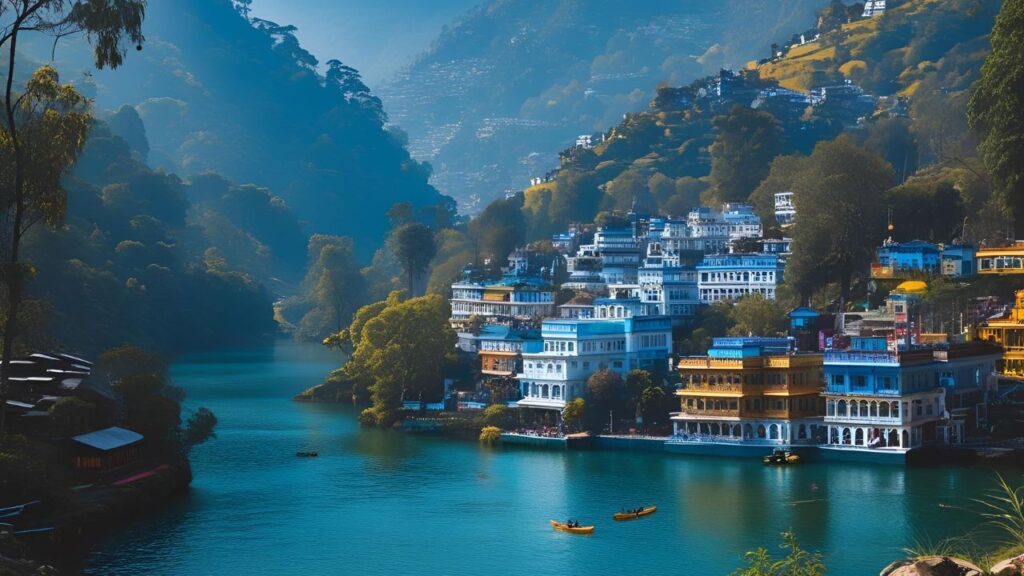
Nestled around beautiful Naini Lake, Nainital boasts stunning colonial architecture and an exceptional setting, making it one of the most delightful hill stations. Boating is one of the most loved pastimes in the area. Tourists can choose from paddle boats or even yachts. On the northern side, the Naina Devi Temple is a revered pilgrimage spot that attracts many devotees. Additional well-known viewpoints, such as Tiffin Top and Snow View Point, showcase mesmerising views of the humongous Himalayan range and the town of Nainital. The bustling Mall Road is filled with shops, cafes, and vibrant markets on the town side, offering a lively ambience perfect for long walks.
Other remarkable places, such as Bhimtal, Sattal, and Mukteshwar, are nearby. These places, along with their serene nature, serve as a perfect getaway for those who seek peace. Other activities include horseback riding, trekking, and buying locally crafted souvenirs.
Mussoorie: The Queen of Hills
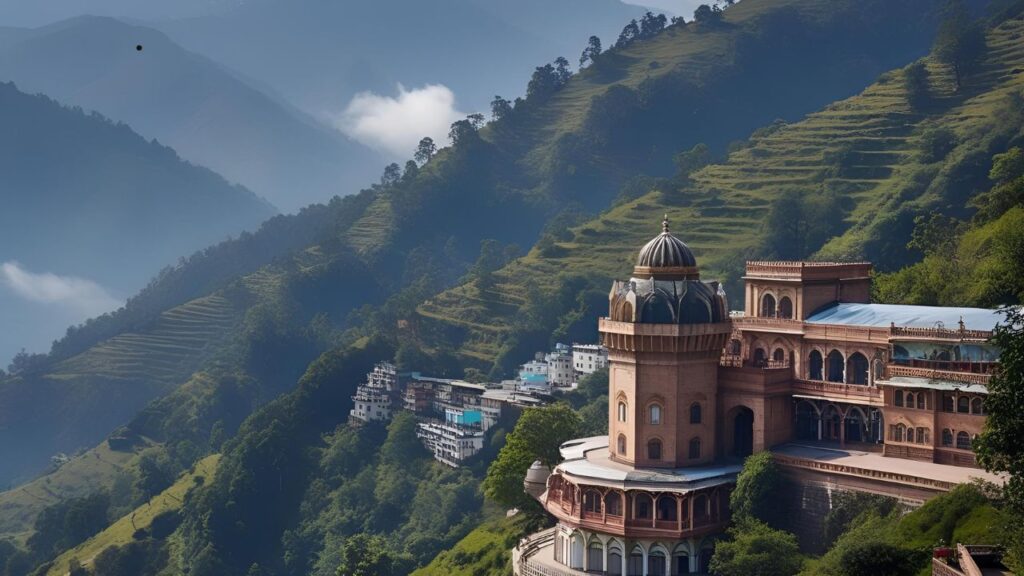
Mussoorie is famous for its colonial charm and views of Doon Valley. Kempty Falls is a beautiful waterfall and picnic area that attracts tourists yearly. Gun Hill, the second-highest point, can be reached by cable car and offers the best sweeping views. Camel’s Back Road is a picturesque walk along the ridge, while Lal Tibba, the highest point in Mussoorie, offers glorious views of the mountains.
Rishikesh and Haridwar: Spiritual Segments on the Ganges

All standard buses and trains from New Delhi or Pune drop you at Haridwar. Rishikesh is known as the world’s yoga capital, and Haridwar is a famous Hindu pilgrimage city on the Ganges River. Lakshman Jhula and Ram Jhula are suspension bridges of great visiting interest, sustaining the connectivity of the two banks of the Ganges. Ganga Aarti, done at Triveni Ghat in the evening, is mesmerising and invokes a lot of devotion and attention from pilgrims and tourists. It draws tourists so much that people from different religious backgrounds gather to experience it. Along with it, Neelkanth Mahadev Temple in the hills is also a renowned pilgrimage spot. Rajaji National Park nearby is also famous for wildlife safaris and birdwatching.
Along with yoga and meditation holidays, Rishikesh is well known for white-water rafting and other adventure sports. It also hosts the Kumbh Mela in Haridwar, one of the world’s largest religious gatherings.
5. Varanasi: The Spiritual Heart of India

Thus, Varanasi, Kashi, or Benares is the centre of Hinduism for many who practice it. It is also one of the oldest cities on the globe and has a rich culture.
While the Ganga or Ganges river flows through vast stretches of the country, it also has the city of Varanasi on it, which is famous for Dashashwamedh Ghat’s evening Ganga Aarti, a fire spectacle where deep religious rituals and ordinary living blend artistically. Furthermore, Manikarnika Ghat, the leading cremation site, portrays the civilisation’s strong bond between life and death. Also, Lord Shiva worshipped Kashi Vishwanath Temple, one of the twelve Jyotirlingas, which is the centre of devotion for many and is deeply revered.
Factually, not far, Sarnath is known for the first Buddhist sermon, which makes it a significant visit for pilgrims. Also, not so far away, Ramnagar Fort, a beautiful sight overlooking the river, is home to a museum filled with ancient regalia.
A wide range of tourists can explore the city and enjoy traditional activities such as temple exploration with boat rides at sunrise on the Ganges, walking through narrow alleys, and shopping for exquisite textiles and Banarasi silk.
More Treasures of Northern India
Besides the top five destinations, Northern India has many more places of importance. Among these is Jim Corbett National Park, located in Uttarakhand. It is the first national park in India to be set up and is famous for tigers and other animals. In Uttar Pradesh, Mathura and its twin town, Vrindavan, are well known for their temples and iohuk|Rayi. Holi is celebrated there on a grand scale. Amritsar in Punjab has the Golden Temple, the headquarters of Sikhism, and the famous Jallianwala Bagh memorial. The desert cities of Rajasthan include Jodhpur, Udaipur, and Jaisalmer, renowned for their forts and palaces as well as desert tours. The Hemis and Lamayuru monasteries in Ladakh and the distant Zanskar Valley offer incredible cultural and geographical sights.
What You Need To Know When Travelling to Northern India In 2025
Like most of northern India, the time period between October and March is the most advisable to visit due to the weather conditions. These areas tend to be more populated with tourists between April and June. Ladakh and other high altitudes can be visited from May to September.
Tourist hotspots can easily be reached via the airport, train station, or bus terminal. For less frequented areas, local taxis and state-named buses are often utilised. Visitors must dress modestly, especially when attending religious sites. Shoes must also be taken off before entering temples and mosques.
Cuisine from Northern India will surely delight tourists with its street food in Delhi and traditional dishes like Kashmiri Wazwan and Rajasthani thali. Tourists may also enjoy shopping for Pashmina shawls in Kashmir, Handicrafts in Rajasthan, woollens in Himachal Pradesh, and Silks in Varanasi.
Travellers must exercise caution when consuming street food. Bottled water and basic medications are essentials for travellers to have on hand.
Northern India is a breathtaking region that combines ancient cultures with cities bursting with modern life. The majestic mountains that reside alongside sacred rivers are truly a wonder. It does not matter where you choose between spiritual Varanasi, royal Jaipur, adventurous Ladakh, or peaceful Nainital; every location provides tourists with lifetime memories.
Get ready to set off on a journey that will engage every part of you and boost your spirit. Northern India is truly picturesque and is waiting to welcome you warmly.
This astonishing part of the world is ready to be explored, so don’t wait any longer and start planning your adventure in Northern India.
Read: Myrtle Beach Travel Tips You Need To Know Before Visiting
Information sources:
- https://www.incredibleindia.org/content/incredible-india-v2/en/destinations/states/uttarakhand.html
- https://www.lonelyplanet.com/articles/best-places-to-visit-in-north-india
- https://traveltriangle.com/blog/places-to-visit-in-north-india/
- https://www.nationalgeographic.com/travel/destinations/asia/india/north-india/
- https://www.tripsavvy.com/top-places-to-visit-in-north-india-1539376
